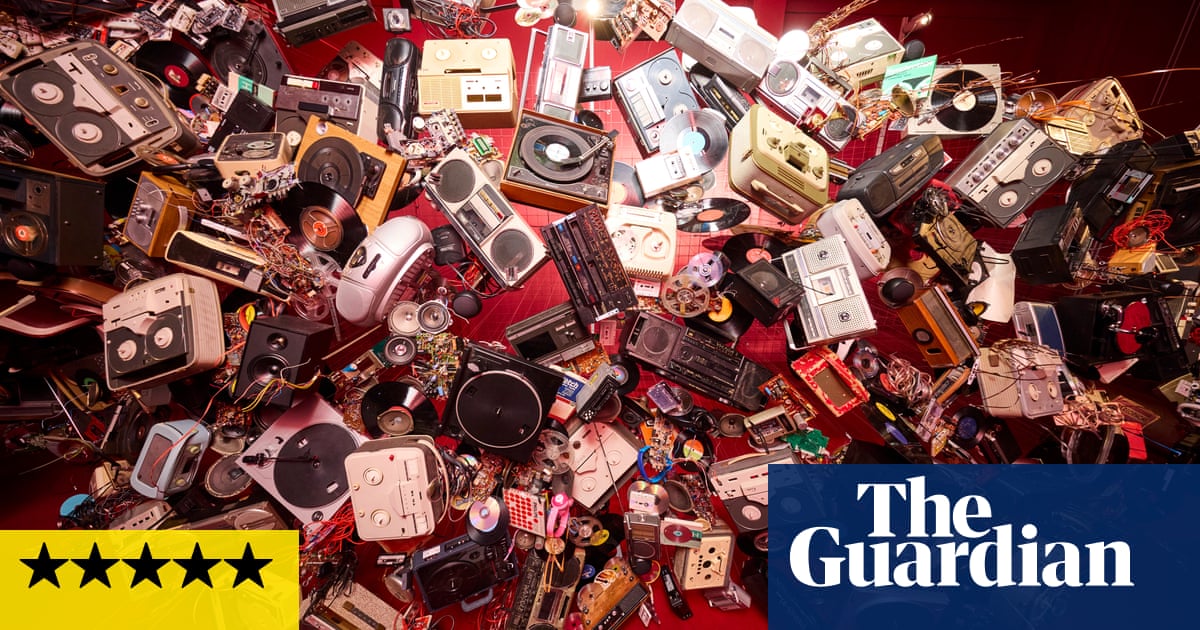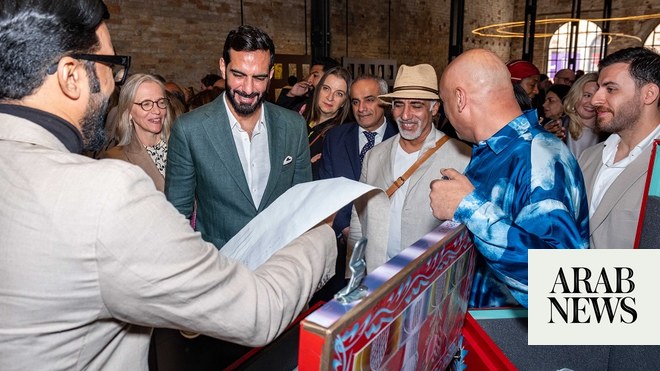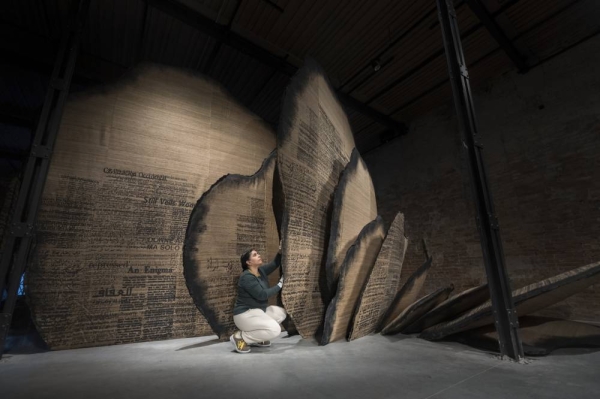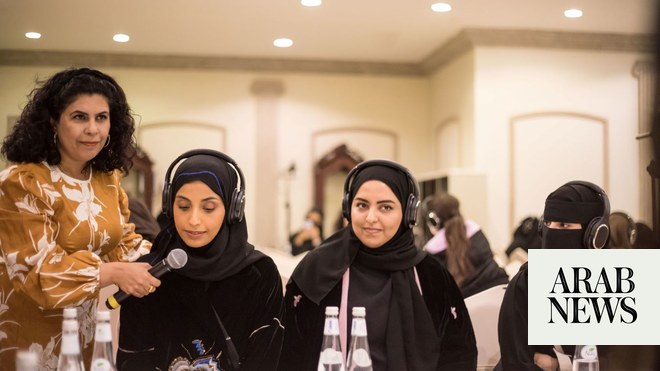
Britain’s national pavilion at the Venice Biennale, the world’s largest and most prominent art event, begins with video of delicate Holbein drawings from the Tudor court being washed over by the eddies of a stream and ends with the death of a British-Nigerian man, David Oluwale, who drowned in a Yorkshire river after being beaten by local police in 1969.
Along the way, in the film-maker Sir John Akomfrah’s exhibition, comes a sumptuously told visual and auditory story of migration and colonialism, held together by the image of flowing water. It culminates in images of the arrival in Britain of the Windrush generation – those who migrated from the Caribbean to the UK in the years after the second world war, often to work in British public services.
Referring to the Windrush scandal – which followed the Guardian’s revelations in 2018 that many elderly former immigrants from the Caribbean were being prevented from accessing healthcare in the UK or threatened with deportation – Akomfrah said: “The minute you assume something’s resolved, that’s when that’s when it most bites you. [It] absolutely shocked me; I really thought we were beyond that very obvious, slightly punitive, slightly provincial take on Britishness as just whiteness.”
The rhetoric of that moment felt, he said, “like a strange throwback to the 1960s”.
His multi-screen, multi-faceted, multi-room video work, titled Listening All Night to the Rain, has poetry at its heart – its eight rooms are called “cantos”, alluding to the most famous work of the poet Ezra Pound. “The way each of these cantos works is a kind of collage, everything jammed together or connected in some way, each one a sort of rummage into a specific economic or political past,” he said.
He was, he said, generally an optimist – but some aspects of modern Britain had taken him by surprise. “What I didn’t expect is that the language of empire will be played out with a cast that included several leading players of colour,” he said, referring to the Black and Asian politicians serving in the British Conservative government, naming the secretary of state for business and trade, Kemi Badenoch, and the former home secretary Suella Braverman.
“It is a profoundly dispiriting and depressing experience,” he added.
Akomfrah, 66, said he had accepted the invitation to represent Britain at the Venice Biennale “without hesitation”. “Britain is the place I am from, more profoundly than anywhere else, and to be able to stand in it, speak with it – certainly not speak for it but with a voice that’s from it – was very important.”
Akomfrah was born in Ghana. After his father was killed amid political turmoil in 1966, his mother fled with him to the US before moving to London. He began his artistic career in the early 1980s as a founder of the Black Audio Film Collective.
“If you had told me at the Black Art Convention in 1982 that I would be in the British pavilion at Venice, I would have laughed. It would have seemed like not even a pipe dream, but a joke,” he said.
His 1986 film Handsworth Songs focused on the aftermath of the riots in Birmingham and London in 1985. Significant works include his 2012 film on the legacy of the cultural theorist Stuart Hall, The Unfinished Conversation. His film Four Nocturnes was presented at the Ghana pavilion at the Venice Biennale in 2019, reflecting on environmental destruction and the human cost of the climate crisis.
This year’s Venice Biennale features 88 national pavilions in the city’s public gardens, the Giardini; in the historic Arsenale; and in venues across the city. Benin, Ethiopia, Tanzania, Senegal, Timor-Leste and Panama will take part for the first time.
Geopolitics never swim far from the surface at the biennale. The artists and curators of Israel’s national pavilion have announced they will not open their pavilion until “a ceasefire and hostage release agreement is reached”.
Russia will be absent for the second edition in a row. In 2022, the pavilion’s curators and artists recused themselves from the event. This year, the Russia took the decision not to take part but is hosting Bolivia in its grand, pre-revolutionary pavilion – though on the first day of the previews it remained closed with workmen undertaking renovations within.
Each edition of the biennale is anchored by a large-scale main exhibition, occupying the vast renaissance Corderie (rope-making workshops) of Venice’s Arsenale, and a pavilion in the Giardini. This year’s invited curator, Adriano Pedrosa, the artistic director of the São Paulo Museum of Art in Brazil, is the first from Latin America in the history of the event, which was founded in 1895, and the first who lives and works in the global south.
His exhibition is titled Stranieri Ovunque – Foreigners Everywhere, and features the largest representation in the event’s history of artists from Africa, Asia, and Latin America. He has also focused on self-taught, queer and Indigenous artists – those who are considered “foreigners in their own countries,” as Pedrosa put it.
With a resurgence of figurative painting throughout the exhibition that would have been unthinkable a decade ago, and relatively few video and moving image works, Stranieri Ovunque – Foreigners Everywhere gathers not just contemporary work but 20th-century art from a wide span of countries including Bali, Haiti, Morocco, Mexico, Singapore and Lebanon.
Sections of Akomfrah’s work, which was commissioned for the Venice Biennale by the British Council, will be shown in the UK in 2025 at the National Museum of Wales, at the Whitworth, Manchester, and at Dundee Contemporary Arts.
The Venice Biennale runs from 20 April to 24 November.












